Cutting their hair, burning their hijabs
Amidst escalating protests in Iran, photos and videos of women cutting off their hair and burning their hijabs (headscarves) to protest the death of a woman at the hands of the morality police, have gone viral on social media.
The death of Mahsa Amini
Mahsa Amini was a 22-year-old woman detained in Teheran (Iran’s capital) by the morality police for breaking hijab laws.
What are morality police?
The Gasht-e Ershad (Guidance Patrols) known as the morality police are special police units tasked with ensuring the respect of Islamic morals and detaining people who are perceived to be improperly dressed.
Arrested for having hair visible under her headscarf
Mahsa Amini allegedly had some hair visible under her headscarf when she was arrested by the morality police on September 13.
Beaten to death
She fell into a coma shortly after collapsing at a detention center and died three days later in a hospital. Several witnesses said that officers beat her head with a baton and banged it against one of their vehicles.
he morality police denies any wrongdoing
The police denied everything and said Amini died of “sudden heart failure,” but her family has said she was fit and healthy and accused the police of covering up the truth.
Worldwide protests
The death of Amini have sparked a series of protests that have now spread, not only to several cities in Iran, but to various capitals around the world.
![]() Nine people killed in Iran protests
Nine people killed in Iran protests
Nine people have died so far in Iran’s protests because of clashes with Iranian forces, according to Associated Press.
 Is the real death toll 17?
Is the real death toll 17?
However, an anchor on Iran’s state television suggested the death toll from the mass protests could be as high as 17, but he did not specify how he reached that figure.
![]() Beating protesters with batons
Beating protesters with batons
Videos online show security forces firing tear gas and water canons to disperse hundreds of protesters. Amnesty International reported that officers also fired birdshot and beat protesters with batons.
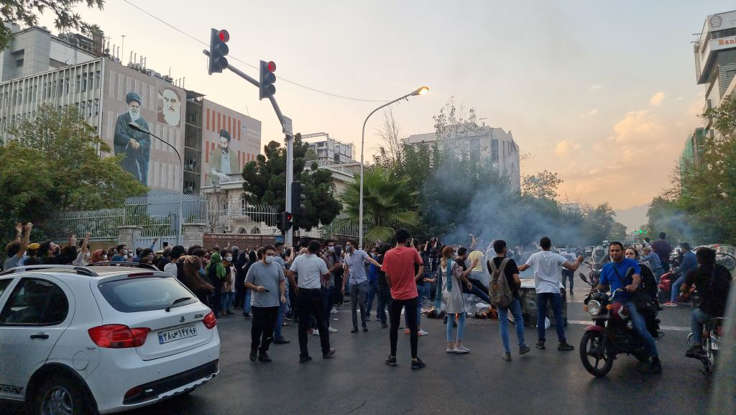 Shot by security forces
Shot by security forces
Footage on social media from the northern city of Tabriz shows a young man allegedly shot by security forces bleeding out in the street as protesters shout for help.
![]() International sanctions
International sanctions
The U.S. government, the European Union and the United Nations, all imposed sanctions on the morality police and leaders of other Iranian security agencies, saying they “routinely employ violence to suppress peaceful protesters.”
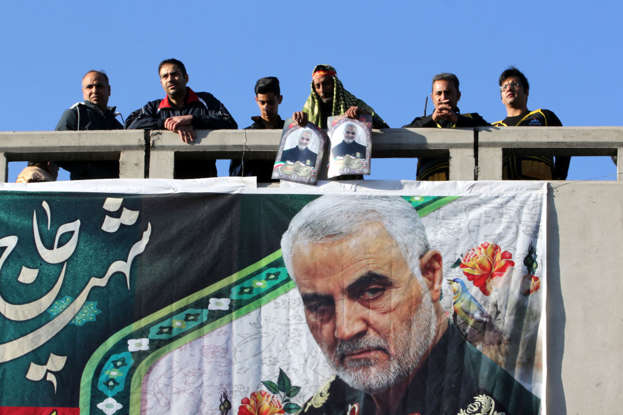 Protesting the regime
Protesting the regime
In another video, protesters can be seen torching a massive billboard showing Qassem Soleimani, Iran’s top general who was killed in a U.S. airstrike. Soleimani has iconic status among government supporters
Calling for the downfall of the Islamic Republic
Even though the protests started because of the alleged murder of Mahsa Amini by the police, they’ve turned into anti-regime protests that are calling for the downfall of the Islamic Republic itself.
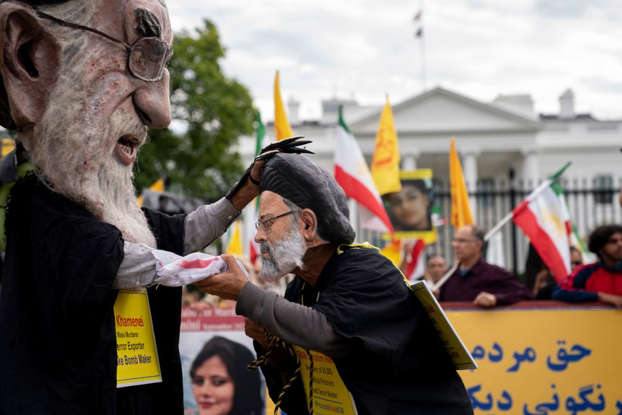 “Death to the dictator”
“Death to the dictator”
Different media outlets reported that people have been chanting anti-regime slogans such as“Death to the dictator” and “Khamenei (the supreme leader of Iran) is a murderer.”
![]() What has Iran’s president said about Mahsa Amini’s death?
What has Iran’s president said about Mahsa Amini’s death?
Iranian President Ebrahim Raisi was in New York when the protests started because he was attending the U.N. General Assembly. He said Amini’s death was being “steadfastly” investigated. However, he turned the tables on the U.S
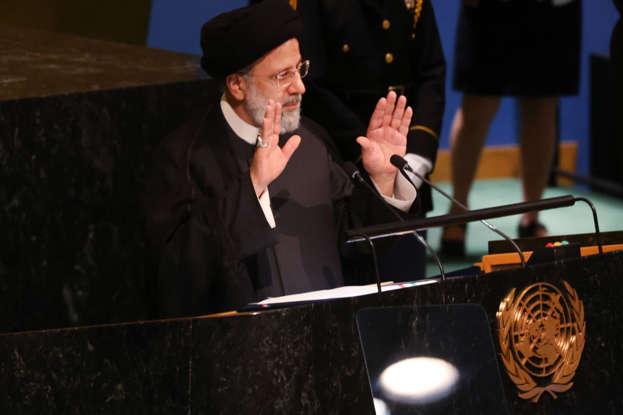 “Double standards”
“Double standards”
“What about the death of Americans at the hands of U.S. law enforcement?” Raisi asked about his country’s rival nation, and lamented what he said were “double standards” in the West.
![]() No mobile internet access for Iranians
No mobile internet access for Iranians
Nevertheless, he must have wanted to stop the protests from spreading further and the world from knowing what is going on in Iran, because the biggest telecom operator shut down mobile internet access a day later.
State-controlled media
In a country where radio and television stations already are state-controlled, and journalists regularly face the threat of arrest, censorship is getting worse.
![]() Journalist who took photos of Amini was arrested
Journalist who took photos of Amini was arrested
Niloufar Hamedi, a journalist who took photographs at the hospital after Amini’s death, was arrested in Iran on Thursday, according to the reporter’s lawyer. He also said her house had been raided.
 A failed interview
A failed interview
From New York, CNN’s chief international anchor, Christiane Amanpour, said she had planned to confront Raisi about the protests in what would be his first U.S.-based interview.
Raisi didn’t show
But Amanpour wrote on Twitter that Raisi was a no-show. An aide told her the president refused to take part unless she wore a headscarf, given the “situation in Iran.”
Amanpour refused to wear a headscarf
“I couldn’t agree to this unprecedented and unexpected condition,” the British-Iranian anchor wrote beside a photo of Raisi’s empty chair.
![]() Iran’s hijab laws started in 1979
Iran’s hijab laws started in 1979
But Iranian women have been protesting hijabs for quite some time. The authorities’ fight against “bad hijab” (wearing a headscarf or other mandatory clothing incorrectly), didn’t start until after the 1979 Islamic
 Miniskirts and uncovered hair
Miniskirts and uncovered hair
At the time, miniskirts and uncovered hair were not uncommon sights on the streets of Tehran before the pro-Western Shah Mohammad Reza Pahlavi (pictured with his wife Farrah) was overthrown.
The founding of the Islamic Republic
Within months of the founding of the Islamic Republic, the laws protecting women’s rights that had been established under the Shah began to be overturned.
Women without a hijab are considered naked
On 7 March 1979, the leader of the revolution, Ayatollah Ruhollah Khomeini, decreed that hijabs would be mandatory for all women in their workplaces and that he considered uncovered women to be “naked”.
![]() International Women’s Day 1979
International Women’s Day 1979
They responded immediately. More than 100,000 people, mostly women, gathered in the streets of Tehran the following day, International Women’s Day, to protest hijab laws.
Women protesting their freedom again
More than 40 years later, women from every social background, young and old, are protesting their freedom again. This time more fiercely and with the support of way more men standing with them.



 Nine people killed in Iran protests
Nine people killed in Iran protests Beating protesters with batons
Beating protesters with batons International sanctions
International sanctions
 What has Iran’s president said about Mahsa Amini’s death?
What has Iran’s president said about Mahsa Amini’s death? No mobile internet access for Iranians
No mobile internet access for Iranians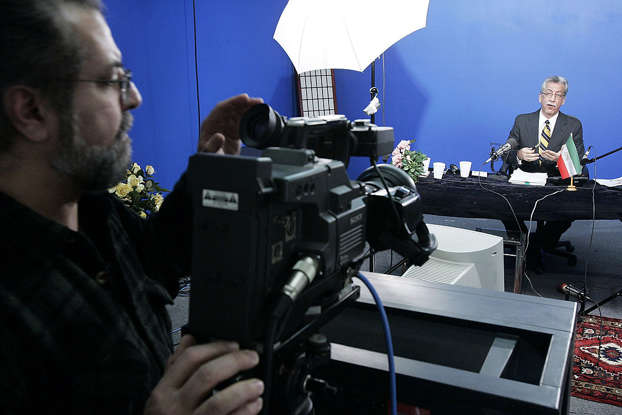
 Journalist who took photos of Amini was arrested
Journalist who took photos of Amini was arrested

 Iran’s hijab laws started in 1979
Iran’s hijab laws started in 1979
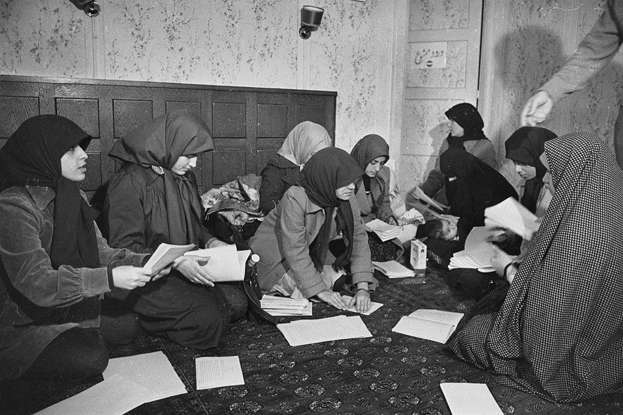
 International Women’s Day 1979
International Women’s Day 1979

